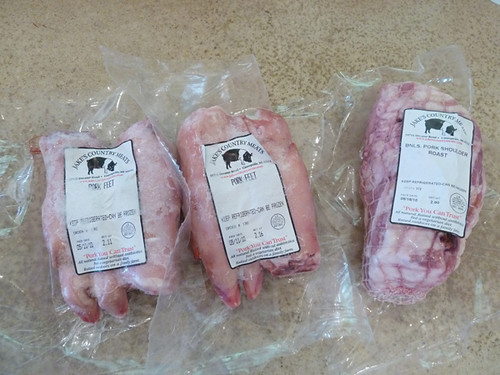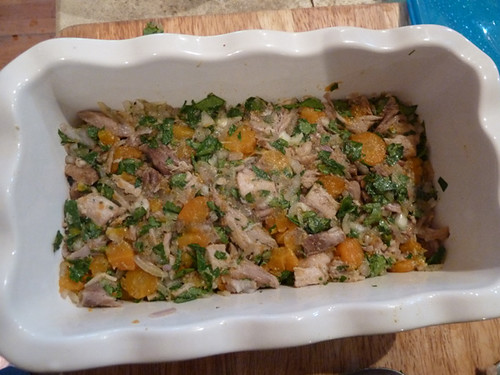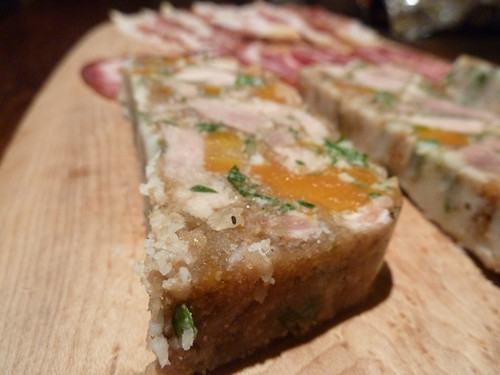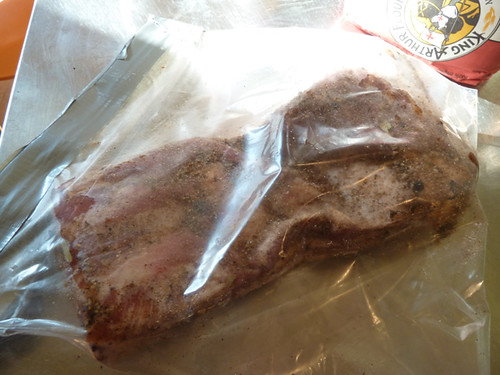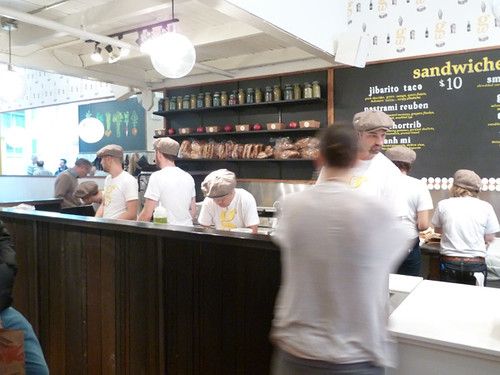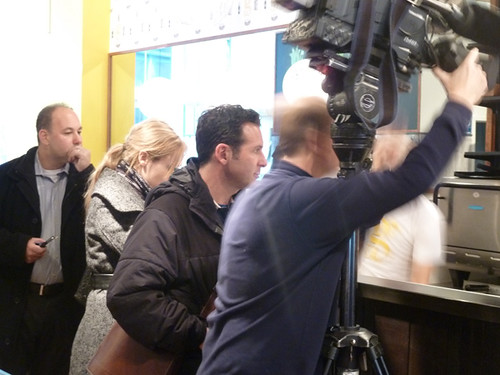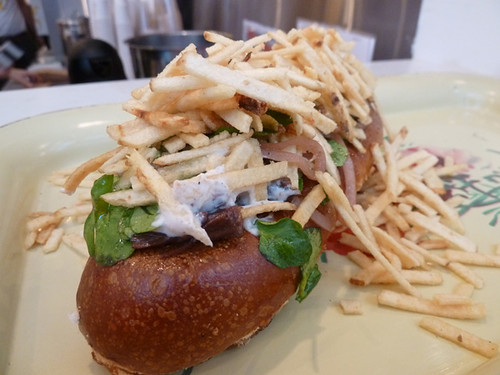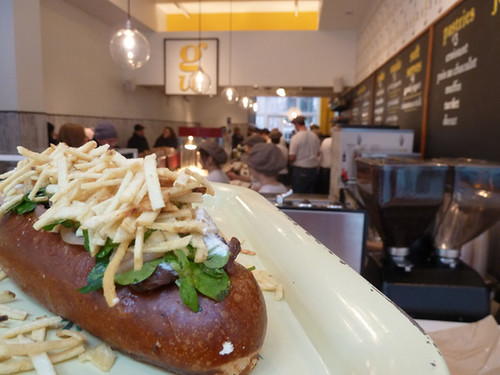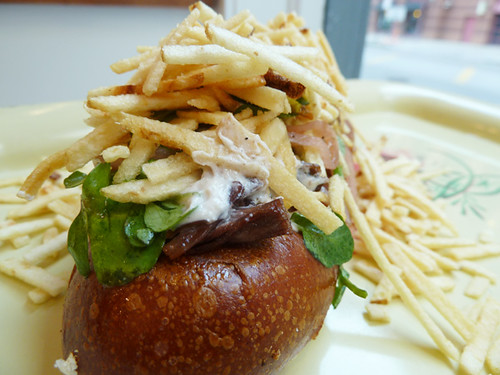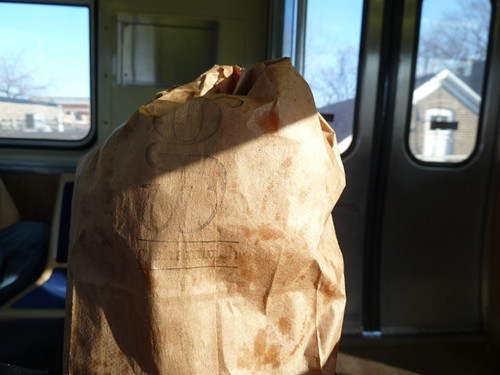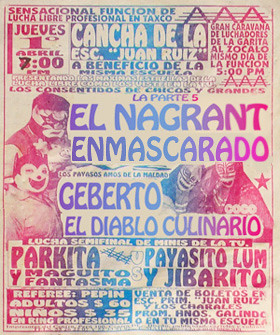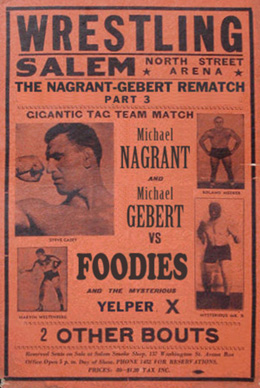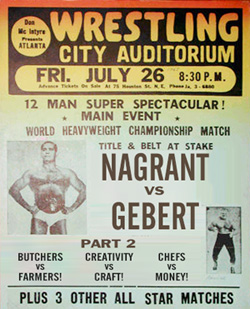
At least I didn’t have to live on these.
I was like a man released from a prison of grilled cheese. Which is to say, if you noticed the ton o’ stuff I had at the Reader last week, and I do hope you watched all three of the videos and read my two pieces, thankyouverymuch, you can probably guess that the life of someone writing/editing video about food occasionally gets too busy to actually enjoy food in. I spent a solid week hardly eating anything more interesting than grilled cheese or salad or delivery pizza, so when I was finally done, or close to, I devoured the world. Or at least it felt like it. Herewith, some not too lengthy notes on what I had:
Owen & Engine
My second visit and the first where, having someone else to share with, I felt I could order the charcuterie platter and not come out of it feeling like I’d huffed down a whole Oscar Mayer lunch loaf by myself. I really like the beer list at O&E, especially since you can consult with the bartenders (at least on a Tuesday night) on your choices in the hushed, detail-oriented manner of a meeting with a financial planner. (I feel it’s important to maintain a diversified portfolio which goes from darker to lighter beers as the evening progresses. Past performance is no guarantee of future results.) I’m also amused by the sudden popularity of cask engines, which is to say, really fresh but decidedly flat beer. Someone somewhere is a genius for marketing flat beer as the latest, coolest thing.
Anyway, after two visits, I think even moreso what I thought after one visit. O&E may not be the culinary trendsetter that Longman & Eagle is, but everything’s friendly and solid, and the atmosphere perfectly evokes its model (which may be more faux-English pubs in Old Town in the 70s than actual England, but that’s fine by me). The charcuterie plate had an excellent hard salami of some sort (I forget what) with big dice of fat in it, a pretty good rillette and beef heart pate, and an imported Spanish ham. A nice plate, though pushing my price tolerance at $19. Closer to a perfect intersection of price and flavor was the rasher and egg sandwich, thin English bacon (more like ham) fried with egg on a crusty bread, with excellent fresh-cut fries. I really liked the roasted bone marrow, too, though it was marred by a couple of executional oddities— one, I had a bone with a center too small for the marrow spoon, which took some wiggling and jabbing with a knife to eat; two, we had to ask for, and were I think charged for, toast points, which in any case took long enough to come that we had pretty much devoured the marrow by then. Bone marrow and toast points, I thought that was one of those combinations that went without saying. (They do have housemade bread, by the way, which is pretty good. Maybe that’s why they’re a little close with it, though.)
I’ve never had a regular bar of my own— in fact, I think it’s somewhat important not to, at least when one had far too many relatives who demonstrated the perils of having one— but I think O&E has dislodged me from the sloth of hitting the ordinary sports bar near me for a beer and a quickie meal, the same meal every time, and convinced me that on those nights, a short drive down Western is worth significantly better food, beer and atmosphere.
Three Floyds Pub/Munster Donuts
The next day I was shooting at Three Floyds in Munster, Indiana— my first visit ever to their pub, which is hidden, like the brewery, in an industrial park which must wonder what the hell is going on when it’s overrun every year for Dark Lord Day. Mike Sheerin, who won a Food & Wine best new chef thingy at Blackbird just last year, is now consulting there while working on his own project, and seems to be trying to upgrade the food at Three Floyds, which I gather from LTH threads has been on a bit of a rollercoaster ride over the years. (Another relatively recent hire in the kitchen is charcuterie blogger Saucisson Mac, so it was good to have a chance to meet and talk with him for a bit.)
You’ll have to wait for the Key Ingredient video on Thursday to see what Sheerin made for that, but we tried some of his first dishes for Three Floyds and were really happy with them. He said the potatoes in the bangers and mash had hops in them; if so, it was very subtle, but the bangers and the refined-tasting gravy were quite satisfying. We also had some mussels with lots of excellent housemade bacon, and a charcuterie platter with a terrific goat knackwurst and housemade mortadella, among other things, which went for a princely $8. At those prices, how can you not make the 45-minute shlep to Munster, Indiana for Sheerin’s high-low comfort food in Three Floyds’ gleefully low atmosphere? Especially when you know you can grab a dozen at Munster Donuts (8314 Calumet Ave.) on the way back to the highway— Bavarian Kreme not so great, but chocolate, cherry (rare in these parts) and sour cream all first-rate and cheap.
Balkan Restaurant
After meeting with Cathy Lambrecht about an upcoming event I will be part of (details to follow, sometime), I had hopes that my meat-and-beer-centric week so far would give way to a largely vegetable-based lunch. So we wound up trying a Balkan spot in a strip mall to eat this:

I’m pretty sure I had been to Balkan (2321 W. Lawrence) before, I remembered the big stone oven dominating the middle of the bright and clean room, but it had been a long time. I think somebody at LTH posted years ago about it being run by a one-armed woman, but the man in charge now seems to be a tall and slender fellow who was surprised at Cathy’s knowledge of Balkan cuisine. (I checked the kitchen but the woman working in there was definitely two-armed.) Anyway, the difference between cevapcici sandwiches is not all that great, but I thought these were above average in beefy flavor, and the spinach and cheese burek was very good; it’s also rare enough to find a Balkan place that’s truly welcoming and willing to interact with the non-Balkan customers that that’s worth calling attention to, too. If Deta of Deta’s Montenegrin Cafe ever does move back to Montenegro like she’s threatened to, this will do.
Perennial
I was about ready to go back to grilled cheese, or at least a salad, but at the last minute I got invited to dinner at Perennial by their PR person, and joined a couple of other media folk in a low key tasting of new things at Perennial… praying that it wouldn’t be a special Kobe/pork belly dinner. I don’t think it’s the freebie that made this the best dinner I’ve had there, since the last time I ate there was a freebie too. In that case I thought there were some executional issues and Boka, which we also visited that night, came off the better of the two.
So it’s a pleasure to report that dinner was not only executionally flawless but contained a number of things that really impressed me and definitely pushed Ryan Poli up a few notches in my book. It was more of a social event, so I don’t remember it course by course, but I came away especially impressed by three things. One, the fish courses— fish is too easily boring (grill it and put it on top of something julienned) but we had three fish plates, all of which were surprising and pleasing. The first was probably the funniest— a deconstructed fish taco consisting of hamachi sashimi, with avocado and corn tortilla purees. Okay, so we just saw the Top Chef in which the guy who foamed everything went home, and Tony Bourdain ranted about how passé that kind of deconstruction is. But a good dish can get away with anything, and the exquisite delicacy of the velvety hamachi combined with an ethereal blob of airy puree that, by God, really did taste like a bag of El Milagro tortillas, all summed up as “fish taco,” was a grand joke. The fish entrees weren’t tongue in cheek like that, but a beautifully oil-poached cod in a sweet onion broth was also one of the most complex yet easy to like fish dishes I’ve had.
Another thing we tried, that I thought sounded like dumbed-down fine dining but came off surprisingly well, was a trio of Mac and cheeses. One was styled on fettucini alfredo, with housemade guanciale and a quail egg yolk (my favorite); one was built off of duck confit (I was not so sold on this, but others were) and one, “My girlfriend’s vegan mac,” was quite surprising, with a sharp, funky flavor that had us all guessing Asian ingredients like seaweed or MSG; it turned out to be mainly nutritional yeast and paprika, with some other things including soy thrown in.
Finally, I’d wondered about the desserts at Perennial and Boka since Elizabeth Dahl, who was their dessert whiz, left with her husband to start Nostrano in Madison a few months back. I don’t know who does them now, but they’re similarly playful and fun, a cheesecake in a glass consisting of cream cheese foam with graham cracker ice cream or a vanilla and strawberry parfait with strawberry Pop Rocks. All in all, a clever and delightful meal that, heck, I’d even pay my own money for next time.


 Posted in
Posted in 
